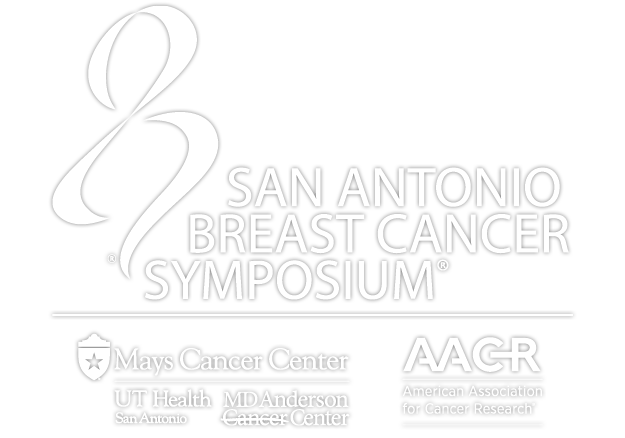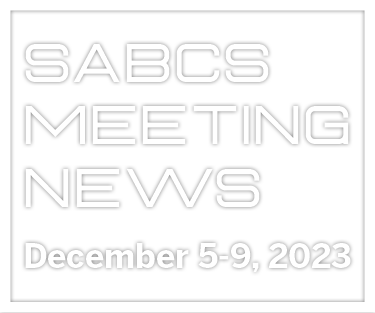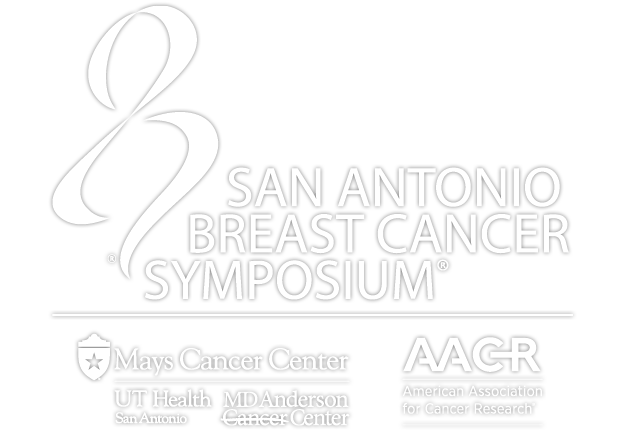Cancer is a genetic disease resulting from continuing rounds of mutation and clonal expansion. But mutation is not unique to cancer cells.
“There is an accumulation of base substitution somatic mutations throughout life in normal breast epithelium, about 12 base-pair substitutions per breast stem cell per year,” said Michael Stratton, FMedSci FRS, Director, Wellcome Sanger Institute and Chief Executive Officer, Wellcome Genome Campus, Hinxton, United Kingdom.
“Converting a normal breast cell to a breast cancer cell requires a very substantial increase in mutation rates,” he said. “This is a pattern we see in most cancer types, but we do not have a driver for this increase in mutation rate.”
Dr. Stratton opened the Mini-Symposium “Mechanisms of Mutagenesis in Breast Cancer” on Wednesday, Dec. 9.
A normal breast cell in an 80-year-old woman has accumulated about 1,000 mutations while a breast cancer cell has about 5,000 mutations. It is not clear what factors might trigger the more rapid accumulations of mutations that are seen in tumor cells.
DNA Repair Gone Wrong
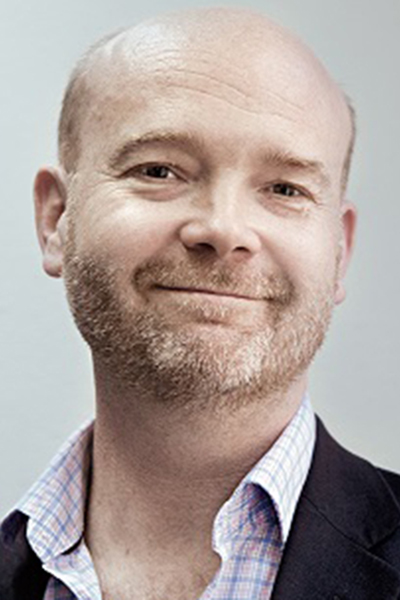
One possibility is defects in homologous recombination (HR) DNA repair. Andrew Tutt, MB, ChB, PhD, has identified signatures or scars resulting from HR deficiencies leading to BRCA1/2 mutagenesis in breast cancer.
“HR very accurately repairs DNA double strand breaks and DNA replication forks,” explained Dr. Tutt, Director, Breast Cancer Now Toby Robins Research Centre, The Institute of Cancer Research, London, UK. “But if repair components are lost, the wrong template is used, or no template is used, mutations, deletions, and rearrangements are induced.”
Multiple genes active in DNA repair response are also risk alleles in breast cancer, he continued. PALB2, ATM, and CHK2 are commonly sequenced in extended germline panels while BRCA1 promoter methylation and somatic mutations are frequently seen in triple negative breast cancer.
Identifying clinically actionable HR scars is a complex undertaking, Dr. Tutt noted. Both germline BRCA1/2 mutations and epigenetic BRCA1/2 loss by mutation and methylation are known to cause HR deficiency. And about a third of HR deficiency scars have no clear cause.
“An HR deficiency label could be quite useful, not just for existing therapies, but for therapeutic development in the future,” he said. “There is the potential for HR scars to drive treatment strategy.”
APOBEC3B Overexpression
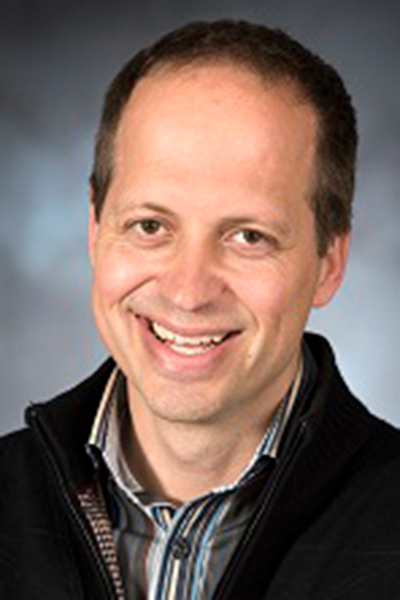
Another possibility is overexpression of APOBEC, a family of nine DNA deaminases known to play a vital role in innate immunity to limit viral infection. Overexpression of one of them, A3B, has also been implicated in cancer.
“Overexpression of A3B is highly relevant to breast cancer,” said Reuben Harris, PhD, Professor of Biochemistry, Molecular Biology and Biophysics at the University of Minnesota Masonic Cancer Center. “High levels of A3B are highly associated with higher rates of progression and lower levels with lower rates of progression.”
Dr. Harris found that A3B is not expressed in normal cells, but overexpression results in higher mutation rates that can continue to cancer. Viral infection can induce A3B, as can other genetic and environmental factors.
Ongoing research has identified a common set of 20 E2F-repressed genes that are associated with higher levels of APOBEC signature mutations when de-repressed or overexpressed. Research into the pathway is continuing, Dr. Harris said.
SABCS registrants will have exclusive on-demand access to this and other virtual SABCS programming until March 13, 2021.

